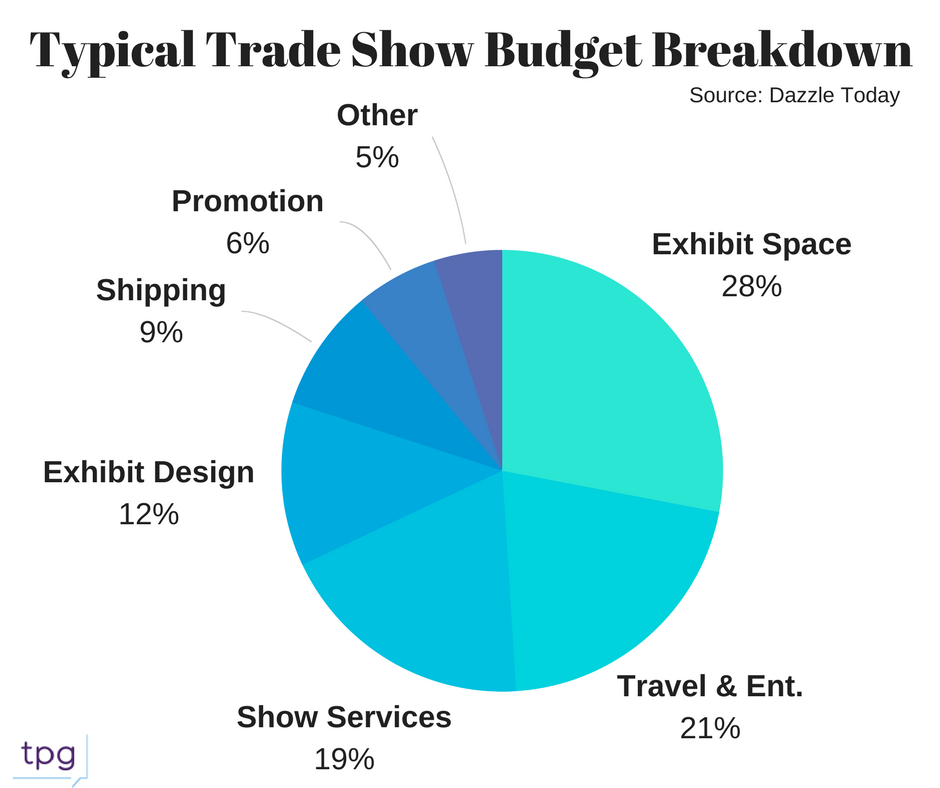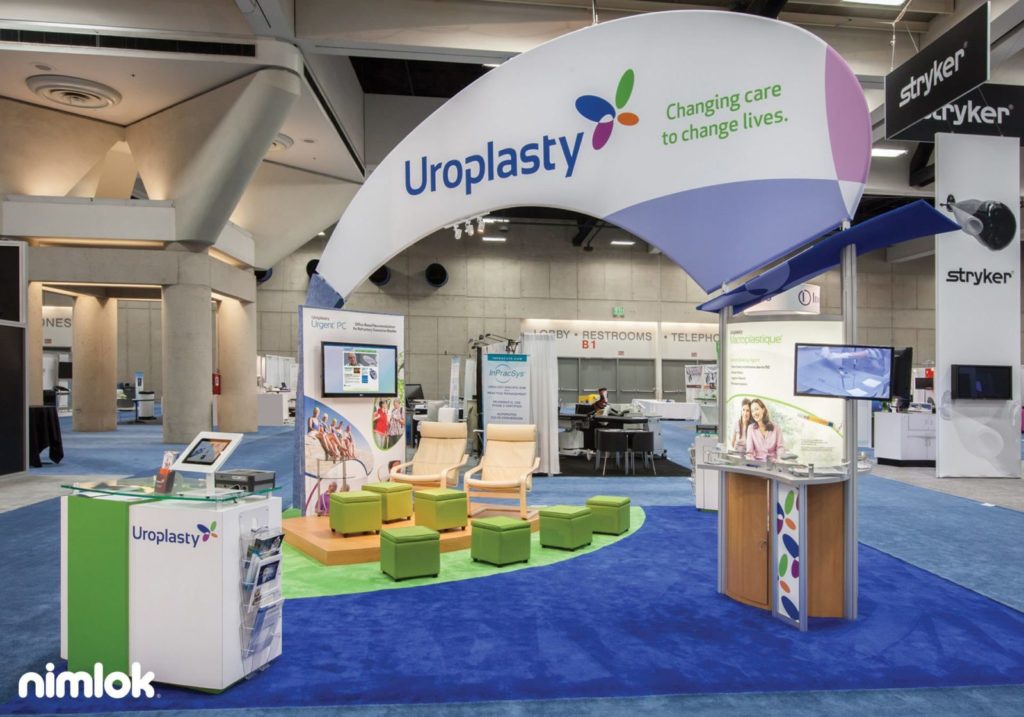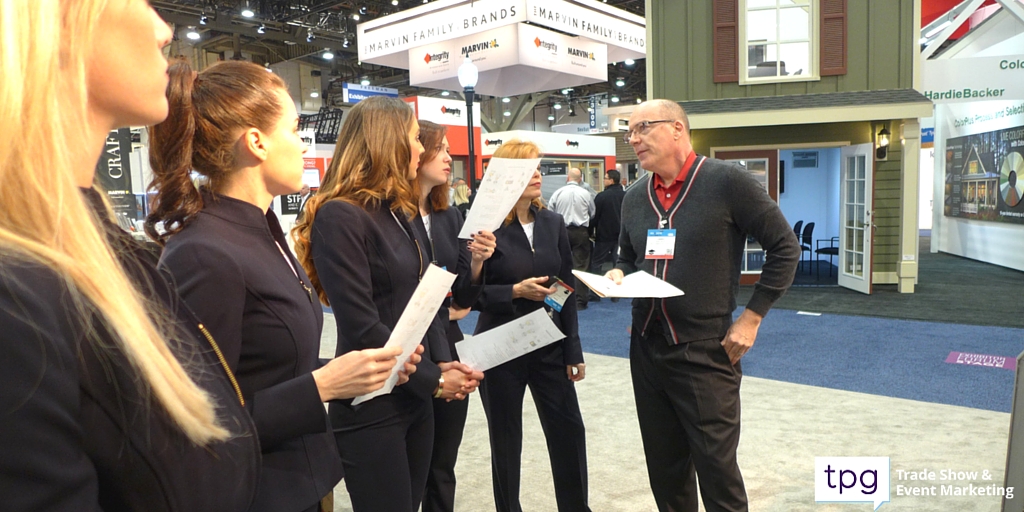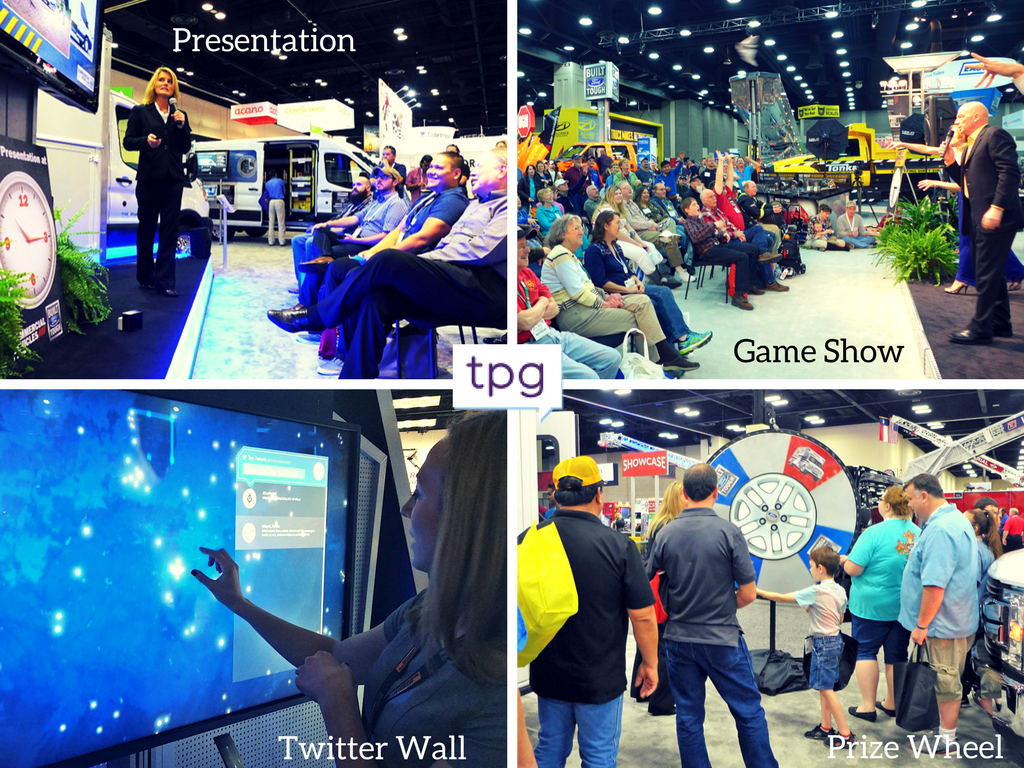A goal without a plan is just a wish. ~ French writer, Antoine de Saint-Exupery
Trade shows are a beautiful thing. Where else can exhibitors meet hundreds of eager prospects searching for solutions under one roof in just a few days?! Not many places, which is why trade shows continue to be an important part of a company’s marketing mix. Research has shown that 63 percent of exhibitors indicated their organizations rate trade shows as “extremely” or “very valuable. And no wonder – trade shows drive purchases! Assuming the product or service promoted was one attendees are interested in, 98 percent are more likely to purchase after attending a face-to-face event. (Source: GES Events) Without careful attention and planning, your trade show participation could be a big nothing burger. To ensure your trade show dreams become more than just wishes, there is no substitute for planning.
1. Determine your goals and objectives.
Goals and objectives are often used interchangeably, but they’re not the same thing. Both are a way of moving forward, but a goal could be described as the Big Picture, while objectives are a Plan of Attack. The top 3 goals for exhibitors at trade shows are brand awareness, lead generation, and relationship building. (Source: Skyline Exhibits market research.) Perhaps your goals encompass all three. But whatever your goals for exhibiting, once you’ve determined them you can set objectives to best meet them. This will prove important because you will want to build your exhibit design and event marketing around those goals and objectives.
2. Choose the right show.
There are thousands of trade shows held annually in the U.S. alone, so the task of choosing which ones will net you the best bang for the buck can be daunting. Start by researching all of the large shows in your industry, but don’t forget about the smaller, targeted shows, which may offer the greatest benefit for your investment in time and money. Determine which shows your best customers are attending, or where your competitors exhibit. Industry resources such as the Trade Show News Network (TSNN) have yearly lists, such as the top 250 U.S. trade shows. Sign up early to save money and get the best booth location with the highest expected traffic.
3. Create a budget.
Once you know which show you’re going to and what your goals are, draw up a budget. Without a budget, costs can quickly spiral out of control and defeat your best laid plans. What is the cost of your space rental, your trade show display, shipping, all aspects of staffing, promotional expenses, lead retrieval and follow up, and at-show services? Many first-time exhibitors and even seasoned pros make the mistake of not planning for all the small details and variables of a trade show.
4. Design your exhibit around your goals.
Your booth should reflect your hard thought-ought goals and objectives. For instance, if one of your primary goals for exhibiting is to increase brand awareness, your objective may be to deliver your message to the masses by creating an in-booth presentation. Therefore, your booth must accommodate the presentation with a stage and plenty of seating. Or perhaps you want several small areas for demonstrating your products or technologies. We’ve seen exhibitors forget to incorporate space for a presentation or demos and scramble to add something later that doesn’t flow or integrate properly into the exhibit. If your goal is to increase leads you may need lead stations or kiosks. Is relationship building your goal of choice? Your booth design could include a comfortable lounge and refreshment area and plenty of meeting space. A good consultant and exhibit house will ensure your booth design facilitates your goals.
5. Choose the right staff and train them well.
In spite of booth design, fancy graphics and digital technology, the personal qualities and behavior of your exhibit staff influence visitors more than any single factor. Above all, choose exhibit personnel who want to be there and who recognize the opportunities unique to trade shows. What lasting image will visitors take away about your company? Was the staff attentive, friendly, helpful and knowledgeable? Did they listen? Often overlooked is booth training. Create a pre-show staffing document and set aside time to train your staff on goals and objectives, booth strategies and activities, booth etiquette and expectations, lead retrieval methods, and focused talking-points. Your trade show staff is the face of the company. People notice and it matters.
6. Promote your presence.
What good are your grand trade show plans if no one knows you’re there? The Center for Exhibition Research (CEIR) estimates that 75 percent of show attendees already know the booths they want to visit before they get there. Spread your message on social media, create a landing page, consider an email campaign, work the phones, or conduct a press conference to generate anticipation about your exhibit presence.
7. Attract and engage.
After all your planning, time and money spent the last thing you want is an empty booth. You only have a few seconds to grab the attention of attendees. Provide an immersive experience, or catch their eye with movement and action, such as:
- Interactive media
- Digital engagements
- An in-booth presentation
- Product demos
- A game or contest
- A prize wheel
- Guided booth tours
- Infotainers (i.e. magicians)
- Charging stations
- A refreshment lounge
Here’s the payoff, after you’ve given people a reason to enter your booth, now you have an exhibit full of potential buyers. Make sure your staff is trained and ready to capture leads and take advantage of the opportunity.
8. Follow up
There are several ways to capture leads on the trade show floor. Your follow up strategy should be planned well before the trade show begins so that you’re prepared to reach prospects while the show is still fresh in their minds. Even more important, 30 – 50 percent of sales made from trade shows go to the vendor that responds first! (Source: InsideSales.com via Exhibitor Magazine) Remember, leads are time sensitive! Converting leads to sales is one determiner of ROI. The longer they sit, the staler they become. A good rule of thumb is to follow up with hot leads between 24 – 48 of the show. Send everyone else a follow up email reminder and thank them for visiting your booth.
Conclusion
Exhibiting at a trade show is an excellent opportunity for companies to meet new prospects, strengthen relationships with existing customers, launch new products, increase brand awareness, and capture and qualify leads. Your exhibit success will be directly related to trade show planning and preparation.
If you fail to plan, you plan to fail. ~ Ben Franklin
We would love to consult with you on all aspects of your exhibit dreams or virtual event plans to create a memorable attendee experience that leads to greater brand awareness and sales. We look forward to hearing from you!
Sources and related articles:
5 Guideposts To Create an Immersive Trade Show Experience






